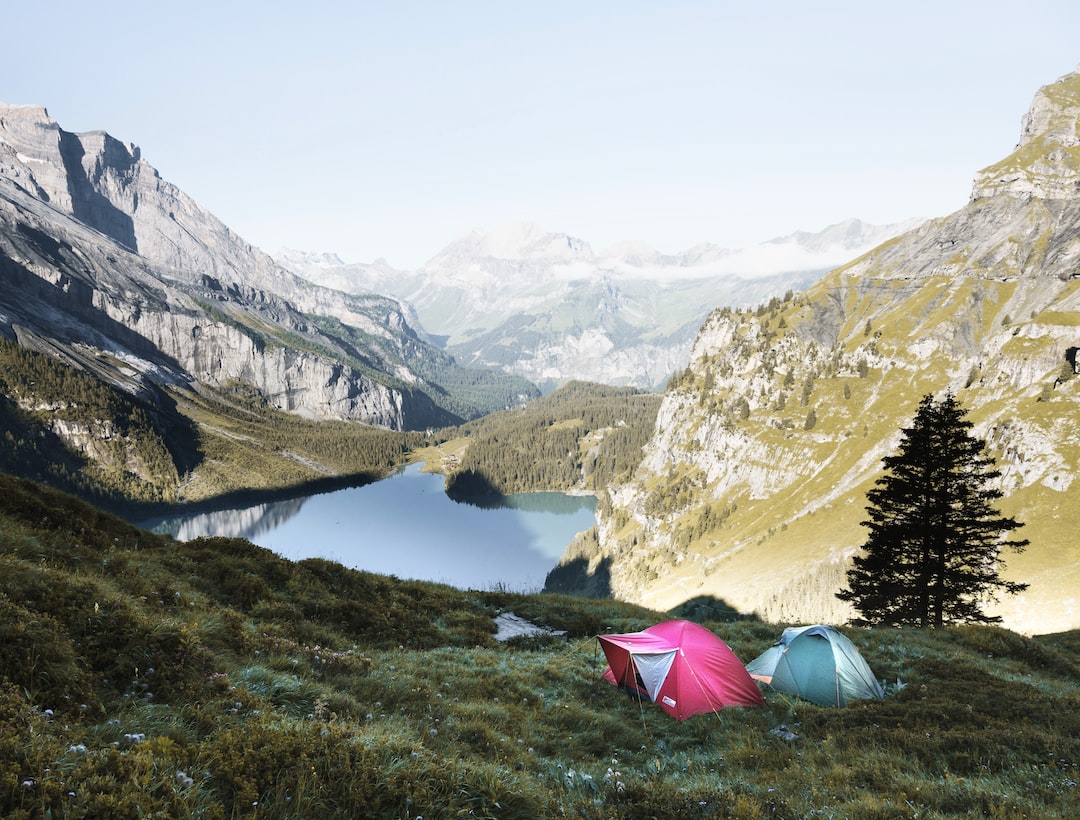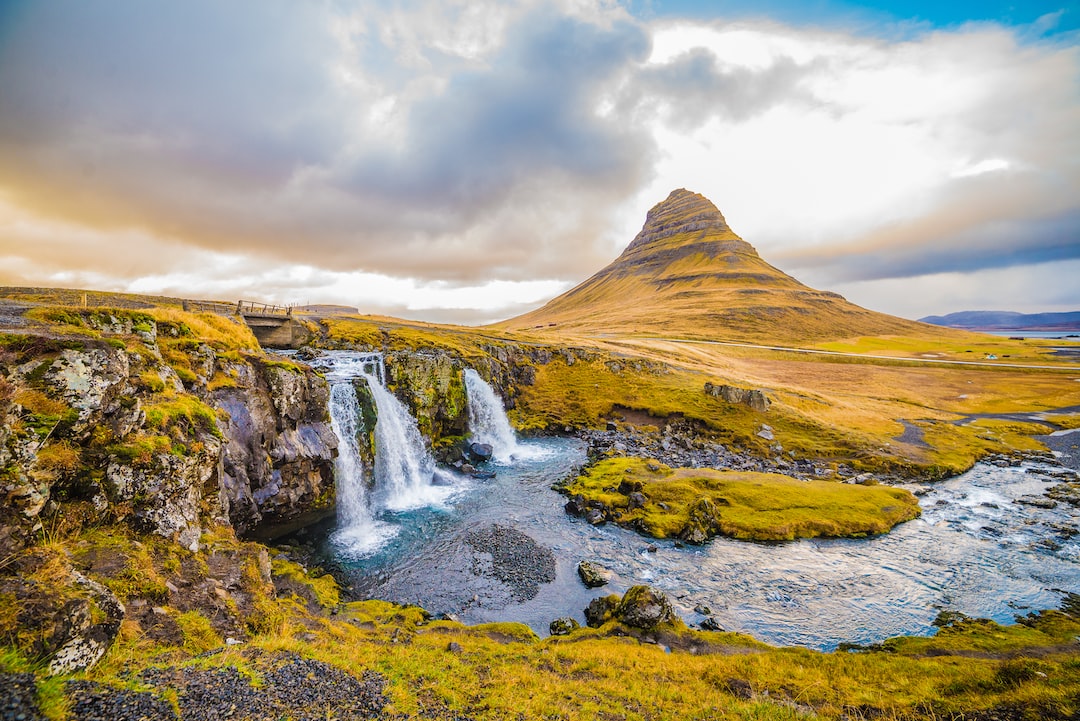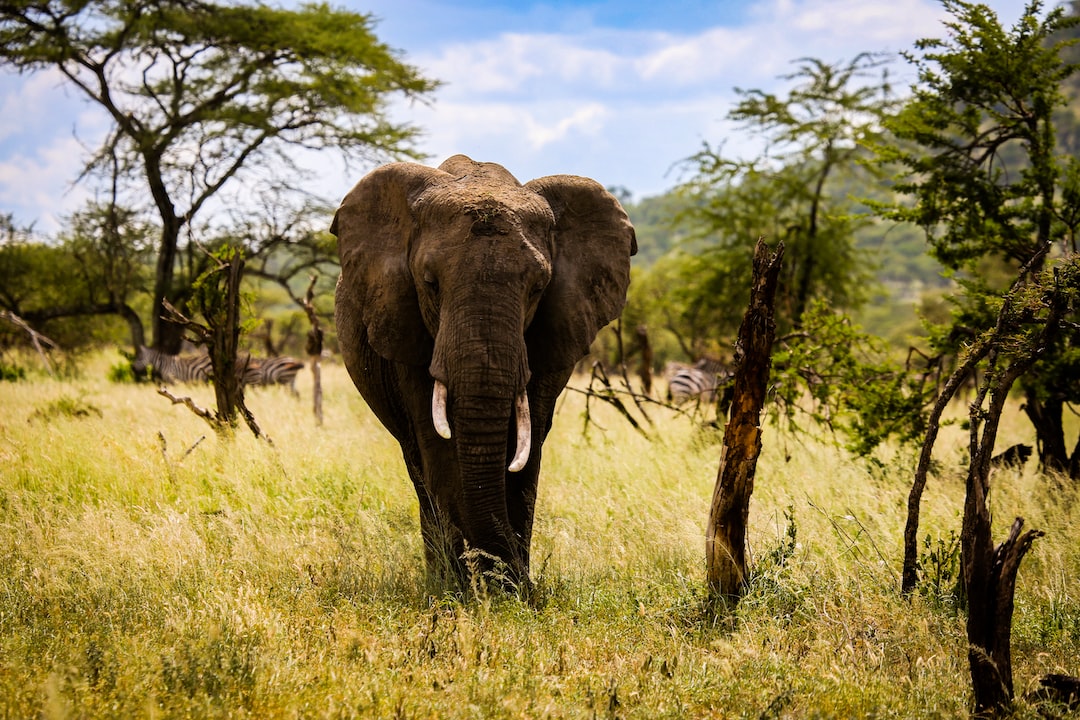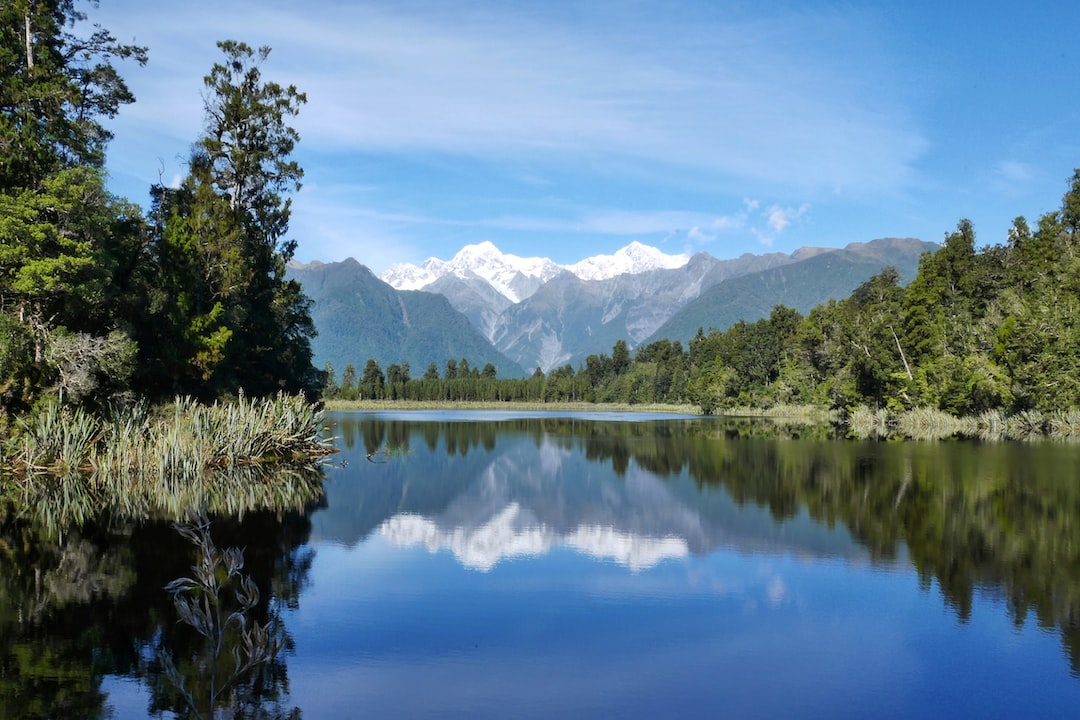Canyoning: Conquering Rugged Terrains in a Thrilling Manner
Are you an adventure enthusiast seeking a unique and exhilarating experience? Look no further than canyoning – an adventure sport that combines hiking, climbing, and swimming to navigate through rugged canyons and conquer nature’s obstacles. Whether you are an adrenaline junkie or simply looking to immerse yourself in nature’s beauty, canyoning offers an unforgettable journey that will leave you breathless.
Canyoning, also known as canyoneering, involves descending canyons by engaging in various techniques such as rappelling, jumping into pools, sliding down natural slides, and even diving under waterfalls. This sport originated in the mountainous regions of France and Switzerland in the early 1900s but has gained popularity worldwide in recent years.
One of the major appeals of canyoning is the opportunity to explore unspoiled and rugged terrains that are otherwise inaccessible. Canyons are formed by the erosive effects of water, which often leave behind stunning rock formations, deep gorges, and hidden gems. Canyoning allows you to journey through these hidden worlds, unveiling the secrets that nature has sculpted over thousands of years.
When engaging in canyoning, participants must be prepared for physical challenges, as the sport requires a combination of strength, agility, and mental perseverance. Hikes to the canyoning starting point can be demanding, often involving steep climbs and rugged trails. Once in the canyon, adventurers face obstacles such as waterfalls, narrow gorges, and slippery rocks that require careful maneuvering and a good level of fitness. However, the challenges are part of the adventure and contribute to the sense of accomplishment when completing a canyoning route.
Apart from the physical demands, canyoning also brings a sense of serenity and tranquility. As you traverse through canyons, you’ll witness untouched landscapes, cascading waterfalls, and serene pools hidden amidst the rugged terrains. Surrounded by nature’s beauty, you’ll be able to disconnect from the hustle and bustle of everyday life and find yourself in an oasis of calmness. This unique combination of adrenaline and peace makes canyoning an experience unlike any other.
Safety is of paramount importance when engaging in canyoning. Professional instructors or guides are needed to provide knowledge and expertise in navigating these challenging terrains. They ensure that participants are equipped with the necessary gear, including helmets, wetsuits, and harnesses, to ensure their safety throughout the journey. Additionally, they possess the skills and experience to guide participants through the canyoning routes, ensuring a safe and enjoyable adventure for all.
Canyoning also promotes environmental awareness and the preservation of natural resources. As adventurers journey through canyons, they develop a deep appreciation for the natural beauty surrounding them – a beauty that needs to be protected. By respecting the environment, canyoning enthusiasts contribute to the preservation of these natural wonders for future generations to enjoy.
In conclusion, canyoning offers a unique and thrilling way to conquer rugged terrains and immerse oneself in the wonders of nature. It combines physical challenges with moments of serenity, making it an ideal adventure sport for thrill-seekers and nature lovers alike. By choosing canyoning, you embark on a journey that will test your limits, awaken your senses, and leave you with memories that will last a lifetime. So, gear up, get ready, and step into the world of canyoning – an unforgettable adventure awaits!









